 Welcome to another Travel Spot post and what is in effect the final two-part instalment of a trip I took in 2018, which back then went under the provisional title of Another Grand Adventure. There are actually two more posts in the series, about my adventures on my flight home, but these are the last two posts to be written, hence the “final instalment” tag.
Welcome to another Travel Spot post and what is in effect the final two-part instalment of a trip I took in 2018, which back then went under the provisional title of Another Grand Adventure. There are actually two more posts in the series, about my adventures on my flight home, but these are the last two posts to be written, hence the “final instalment” tag.
They detail the journey that I took in March 2018 on Amtrak’s Sunset Limited from New Orleans to Tucson, Arizona, itself the final leg of a much larger train journey. I’d started in Providence, Rhode Island, in the teeth of a New England winter, and travelled down via Amtrak’s Northeast Corridor to Manassas just south of Washington DC, then carried on to New Orleans on Amtrak’s Crescent service.
After a weekend in New Orleans, I was on my way again, departing at nine o’clock on Monday morning. The train took roughly a day and a half to cover the 2,400 km through Louisiana, all the way across Texas (which took almost a day!) and then along the Mexican border through New Mexico and Arizona, arriving in Tucson just after sunset on Tuesday evening.
Since my journey took two days, I’ve split it over a pair of Travel Spots, one per day:
- Day 1 (this post) covers the journey from New Orleans across Louisiana and Texas to San Antonio
- Day 2 covers the last part of the journey, leaving San Antonio in the middle of the night and arriving in Tucson the evening of the following day
Even with the journey split into two days, this is still a very long post, so I’ve further split it into the following sections:
- Departure from New Orleans
- The Sunset Limited
- Travelling in Coach Class
- Across Louisiana and into Texas
- From Beaumont to Houston and San Antonio
If you want to follow along, check out this interactive route map.
I’d been staying in the heart of the French Quarter, itself the historic centre of New Orleans. Although only a 30-minute walk from the station, I decided, on account of all my luggage, to take the streetcar. Although I’m not a morning person, I left my apartment at 07:30 and caught the 49 line, which conveniently runs along North Rampart Street, a few blocks from the apartment, all the way to the front of the train station, where I arrived at eight o’clock.
Part of the reason for being so early is that I knew that I wanted to stop off at Mammoth Espresso in the Central Business District. This charming shop is less than 10 minutes’ walk east of the station, so is the perfect spot for a pre-departure flat white. Although I didn’t have time to write it up, it was my first stop on my return to New Orleans the following year (you can see what I made of it here).
Then it was back to the station with all my luggage in plenty of time to board the train. New Orleans’ Union Passenger Terminal is a large, lovely building, which opened in 1954, when train travel was still common in America. Today, although the station is well maintained, with its large waiting area off to the right as you enter, it feels very sad and empty. It only has five trains a day, with daily services to/from Chicago (City of New Orleans) and New York (Crescent), plus a three times-a-week service to/from Los Angeles. It was the Los Angeles service, the Sunset Limited, Amtrak Train Number 1, that I was catching that Monday morning (it also departs on Wednesdays and Saturdays). It was the first time I’d left New Orleans by train, although since I’d arrived there from Chicago on the City of New Orleans in 2010, as well as arriving on the Crescent the preceding Friday, it meant I’d taken all three trains the station serves.
One of the main benefits of travelling by train is avoiding the hassle you inevitably get at airports. Sadly, Amtrak seems determined to make travelling by train as close to an airport experience as possible, largely by unnecessarily complicating the simple process of boarding a train! First was the queue to get onto the platform, which was quite long when I arrived, so I did what I used to do at airports before I had status/priority boarding and sat next to the gate, waited for the queue to go down, then walked up to the gate. I think I might have been the second to last person on.
This first check I can just about understand since it is a primary ticket (and ID) check for boarding the train. However, what followed was absurd. Having made it onto the platform, I was told to go the carriage at the back of the train (which was, at least, the closest to the gate). Here, after another queue, a second conductor examined my ticket, then gave me a slip with a seat number on it, directing me to the next carriage. So, off I went, where I found another queue of people waiting to get on while a third conductor checked their paperwork…
Amtrak, I love you dearly, but please stop making boarding trains as similar to an airport experience as you can. I understand needing to know which passengers are getting off at which stations due to the short platforms, etc, but the obsessive need to control exactly who sits in which seat is pointless. Let the passengers pick their own seats, then record where they are or invest in some decent backend systems and assign seat numbers on booking!
Rant over. You can see what I made of the train after the gallery.
The Sunset Limited is an interesting train, which runs from New Orleans to Los Angeles. However, when it gets to San Antonio in Texas, it joins up with the Texas Eagle, which comes down from Chicago, the two trains then running as one all the way to Los Angeles. Since I was leaving on Monday morning and not arriving into Tucson until Tuesday evening, I’d booked a sleeper, which is where things got a little weird.
By the time I booked the train, all the sleeper berths from New Orleans were taken, so I’d been given a seat in coach class from New Orleans to San Antonio, where I was due to transfer to a sleeper cabin on the Texas Eagle. Unfortunately, we weren’t due into San Antonio until after midnight, which meant that I wouldn’t be able to sleep through the night. On the plus side, it meant that I did get to travel in coach for the first time on Amtrak’s Superliner rolling stock.
Amtrak runs its double-decker Superliners west of the Mississippi, with routes to the east being served by the single-deck Viewliners (like the one I’d taken to New Orleans). I’d been in coach class plenty of times, including all the way down the Northeast Corridor earlier in the trip. I’d also been in Superliner sleepers before (like when I went from Chicago to Portland in 2015), but this was the first time I’d been in coach class on a Superliner (the following year, I took the Coast Starlight from Los Angeles to San Jose in business class, a subtly different experience).
The Sunset Limited had the standard two diesel locomotives, a baggage car and six double-decker Superliner carriages. First were two sleeper cars, followed by the dining car (seating on the upper deck, kitchen down below), while the fourth carriage was the observation car, with a snack bar on the lower deck. The final two carriages were coach class, which is where I was.
These have a total of 68 seats on the upper deck in a standard two-by-two airline style formation, an aisle running down the middle. The seats are excellent, with plenty of room (they are wide too). You can put bags on the floor under seat in front or behind you and still have lots of leg room, plus there are generous luggage racks overhead. A large, stable, fold-down table, with ample movement back and forth, is ideal for laptop users, while there’s at-seat power, but no Wifi, so if you need to stay in touch, I recommend getting a US SIM (with plenty of data) for your phone.
You board on the lower deck, making your way up via a narrow, steep staircase. Once you are on the upper deck, doors at either end of the carriage provide access to the rest of the train. Best of all, you can usually get to the carriage right at the back, where you can stand at the connecting door at the end of the carriage, watching the track disappear behind you (which, of course, I did).
There are no connecting doors on the lower decks of any of the carriages. Along with the staircase and the doors to the platforms on either side, the lower deck on my carriage had a baggage area and five restrooms, while the final coach class carriage had a small accessible seating area in place of the baggage area. This had just 12 seats (rows of two seats on either side on a central aisle) plus space for two wheelchairs.
You can see what I thought of travelling in coach class after the gallery. If you want to follow along, check out this interactive route map.
We pulled out of New Orleans a minute early, which was a surprise, and then started a very slow trundle west out of the city. After about twenty minutes we turned south and crossed the Mississippi on the Huey P Long Bridge, around 10 km west of the station. This wonderful structure also carries Route 90 and runs high above both the river and its banks. However, as soon as we were over the river, we stopped for another twenty minutes while we waited for one of the many freight trains in the area to pass us.
I have to admit that what I’m about to say will make me sound like a snob, but the only downside of travelling in coach class is the other passengers. As we pulled out of New Orleans, a large group in the back of my carriage started screaming, howling and shrieking. It was all in good humour, but was very loud and intrusive. They quietened down after that, but a sizeable minority of the passengers seemed to have no idea how to share a public space with others. This including playing games, videos and music on their phones and laptops without headphones and making loud phone calls.
At the first opportunity, I escaped to the observation car next door. A big advantage of having a sleeper berth is that you can spread all your things out and can (reasonably safely) leave it there when you go anywhere. In coach class, you really have to take it with you and there’s always the chance if you might not get your seat back when you return (despite the conductors’ best efforts to make everyone sit in their assigned seats).
The observation car has side-facing, swivel seats in singles or pairs in the first half and eight four-seater tables (four on each side) in the second half. These large tables are great if you want to work on your laptop, so that’s what I did. Stairs in the centre led down to the café-car/snack bar, where, amongst other things, I could get hot water to make coffee with. There’s also another seating area with more four-person tables, plus a pair of L-shaped benches, one on either side, each with a long, thin table, the only time I’ve seen this layout on an Amtrak train.
One advantage of sitting in coach class or the observation car is that you feel much more connected with your other passengers (even if they are annoying). In a sleeper berth, you are very much in your own little world, which can be nice (particularly on the occasions when I need to work), but also isolating. That said, you can always socialise during mealtimes, plus you are welcome to sit in the observation car. Travelling in coach class, I found swapping between my regular seat and the observation car to be a little weird. The carriage in coach class was dark, with plenty of people pulling the blinds down. In contrast, the observation car, with its windows all around (including in the ceiling) was very bright. Ironically, I found that I was much better off taking photos in coach since there are fewer reflections in the windows!
You can see how the first part of the journey went after the gallery.
The landscape beyond New Orleans was unsurprisingly very flat as we followed Route 90 west then north to Lafayette, although technically I suppose I should say that Route 90 followed the railway since that most likely came first. Close to the Mississippi, it was primarily wetlands, but as we moved west, these gave way to more grass and farmland, although there were plenty of rivers and small lakes along the way. We also passed through many small towns, although we didn’t stop at many, the first one being Schriever, about 90 minutes out of New Orleans.
I was a little surprised that the line didn’t take the more northerly route of I-10 through the state capitol of Baton Rouge, but since Amtrak doesn’t own the tracks, it may be a case of which freight companies allow access for the route. What also surprised me was that, given how much freight there was around New Orleans, large parts of the line were single-track.
One of the perks of travelling by sleeper is that your meals are included in the price of the ticket. However, since I was in coach class, this didn’t apply to me (although, in fairness, I was only paying a coach class price for the ticket for the leg from New Orleans to San Antonio). I could have got something from the café car, but since dining on the train is one of the highlights of any long distance train ride, I decided to have both lunch and dinner in the dining car.
While coach passengers can eat in the dining car, reservations are required, so when the dining car staff came through the train at 10 o’clock, I put my name down. Not having had anything since my flat white at Mammoth Espresso, I opted for a 12:15 sitting. Lunch coincided with our second stop of the day, at New Iberia, followed by Lafayette at 12:55, by which point I was back in my seat for a nap.
Coffee followed at 14.00, made with hot water from the café car as the train headed due west, passing lots of flooded fields which reminded me of rice paddies. We were making fairly good time by this point, trundling along at close to our maximum line speed of 130 km/h (one of my many diversions on long train trips is timing how long we take between mileposts so that I can work out the train’s speed).
We reached Lake Charles, our last stop in Louisiana, at 14:30, although I can’t say (from my limited view from the train) that it has much to recommend it, with multiple chemical/oil plants. Carrying on west, we crossed the state line into Texas just after 15:00, continuing to make good progress until we were just outside our next stop, Beaumont. Here, we pulled over to wait for a freight train to go into the yard, which cost us over half an hour.
Finally, we rolled into the station. While Beaumont is a fairly big city, its station is no more than a single platform and a small shelter by the side of the track, which tells you pretty much all you need to know about the state of train travel in the majority of the USA!
You can see what I made of Texas after the gallery.
Amtrak’s long-distance trains are completely no smoking these days, so longer stops are known as “smoke stops” where passengers can get off and stretch their legs. And, of course, have a smoke if they are so inclined. Beaumont was one of these and, having been on the train for almost seven hours at that point, I was keen for some fresh air (I kept away from the smokers!). Stepping out for a few minutes, it was the first time I had stood on Texas soil (well, concrete: I never left the platform).
After precisely seven minutes, we were on our way again, trundling due west. I spent some time at the back of the last carriage, enjoying its unique vantage point, but honestly, the east Texas landscape didn’t have much to either photograph or write about. The next scheduled stop was Houston, two and a half hours away, which gave me time to fit in dinner (pasta this time).
If we’d been on time, I should have been sitting down to dinner just as we rolled into Houston, but as it was, I was just finishing as we pulled in at 18:50. Despite the size of the city, the station, like Beaumont, isn’t much to write home about (or to blog about for that matter), just a single island platform under a pair of freeway flyovers, with the station building off to one side. The one saving grace was the evening sun, which, low on the horizon, bathed the station in glorious light.
The crew changes over at Houston, so it’s a scheduled 45-minute stop, but to make up time, we only stayed 25 minutes, leaving at 19:15. From there, it was a really long run to our next stop, San Antonio, where we were due to arrive at midnight. With nothing much to see out of the windows (it was dark), I worked on my laptop, using the frequent stops to write postcards or weigh out some beans for my evening decaf and the following morning’s coffee (scales don’t work on a moving train, and neither does my handwriting!).
I started off in the observation car, but someone was playing an audio book without any headphones, while a group was playing cards really loudly, so after making my evening decaf in the café car, I moved back to my seat in coach class where it was comparatively quiet. Quite a lot of passengers had already settled down for the night, which wasn’t really an option for me, since I had to stay awake until San Antonio then transfer to my sleeping car.
In typical Amtrak fashion, we made good time and actually reached the outskirts of San Antonio at 22:45. I was using the Amtrak app on my phone to keep track of our progress and it predicted an arrival time of 23:05, a whole hour early. The conductor had also come down to talk to me about getting me into my sleeping car, which is great customer service.
What no-one seems to have taken into account was a refuelling stop just outside San Antonio, which added another 15 minutes. Then, when we reached San Antonio station, we went past the platform and reversed in (like we had at Birmingham, Alabama, when I came down to New Orleans on the Crescent). The one advantage of the reversing manoeuvre was that it allowed us to join up with the rest of the train, which was waiting for us on the platform. With that out of the way, I was free to transfer to my sleeping car.
This concludes the first part of this Travel Spot. You can see what I made of my sleeper compartment, what I got up to in San Antonio and how the rest of the journey to Tucson went in Part II.
If you want an alternative take on the journey (in video form), then Simply Railway went one better than me and took the Sunset Limited all the way from New Orleans to Los Angeles in 2020.
If you liked this post, please let me know by clicking the “Like” button. If you have a WordPress account and you don’t mind everyone knowing that you liked this post, you can use the “Like this” button right at the bottom instead. [bawlu_buttons]
Don’t forget that you can share this post with your friends using buttons below.













 1
1 2
2 3
3 4
4 5
5 6
6 7
7 8
8 9
9 10
10 11
11 12
12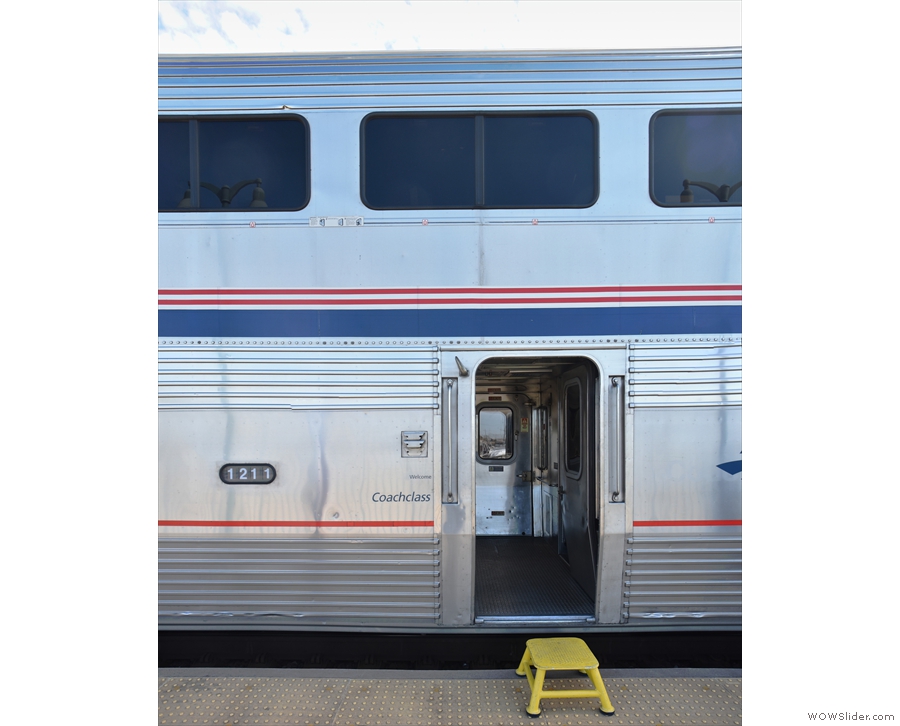


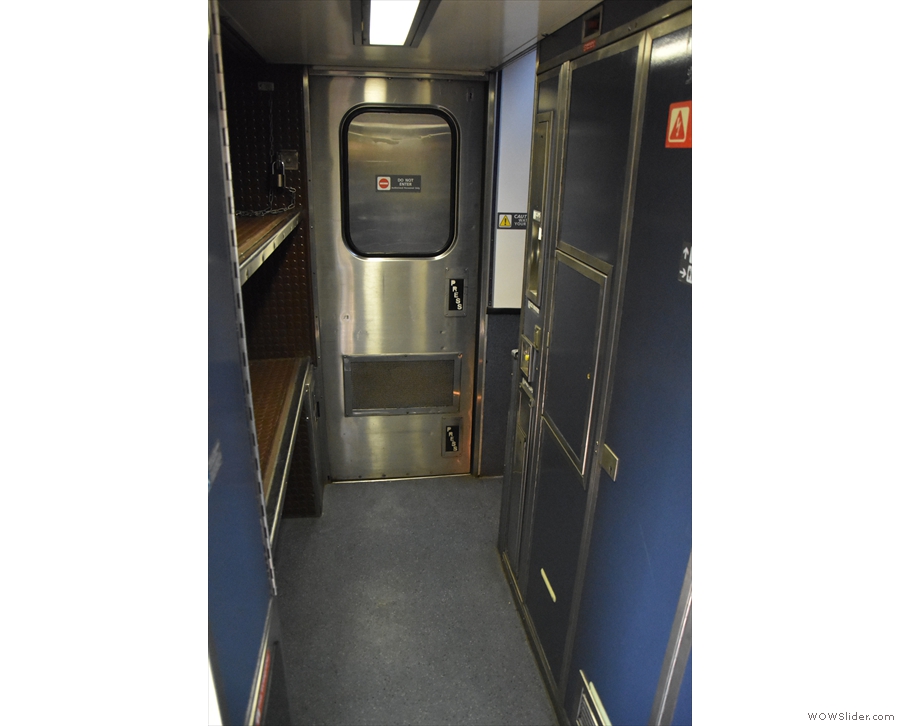

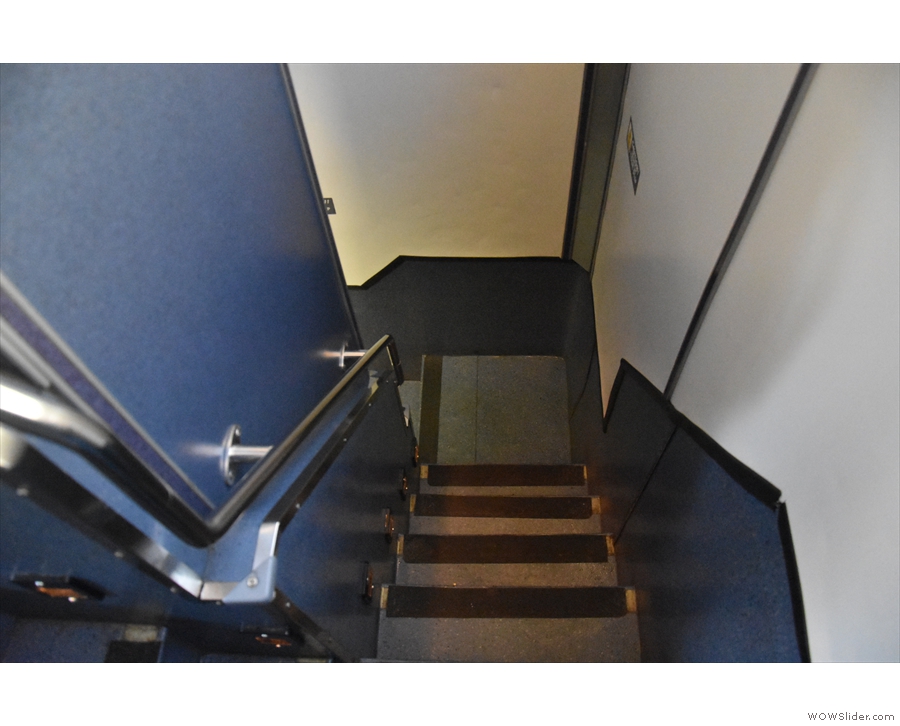
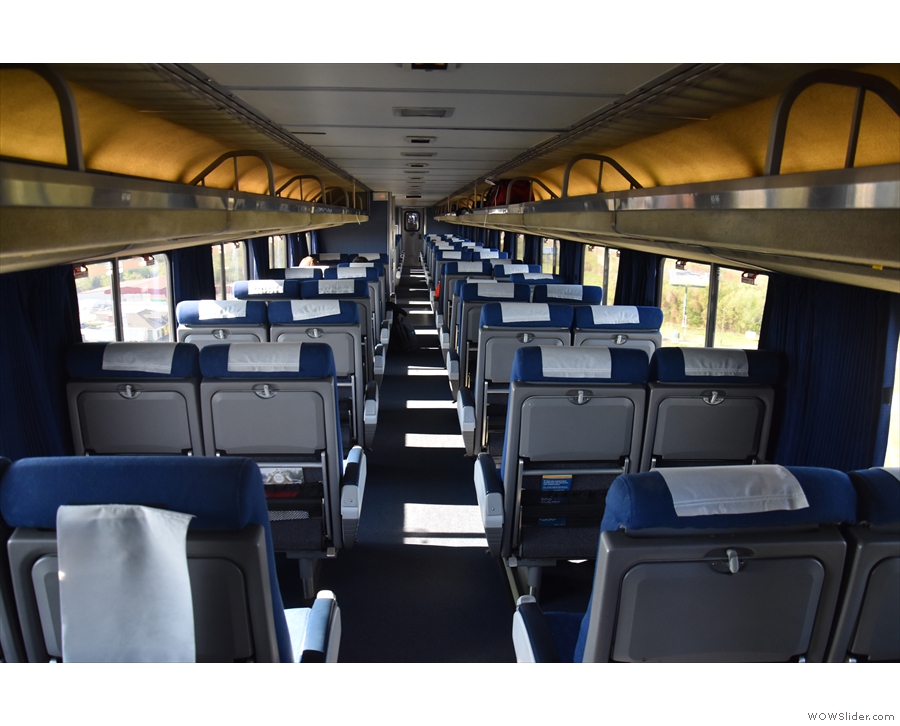




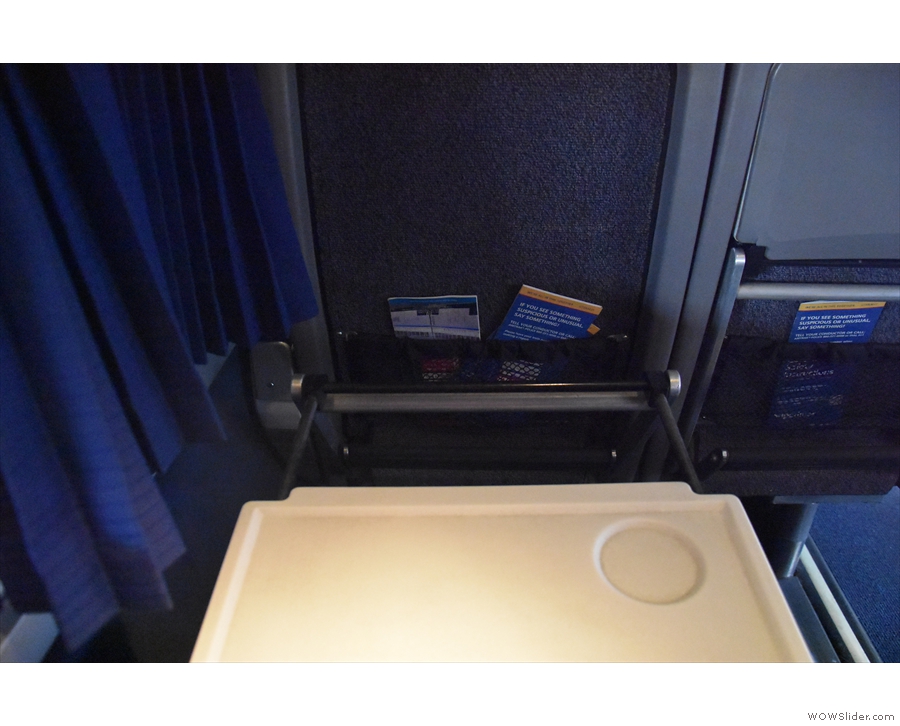


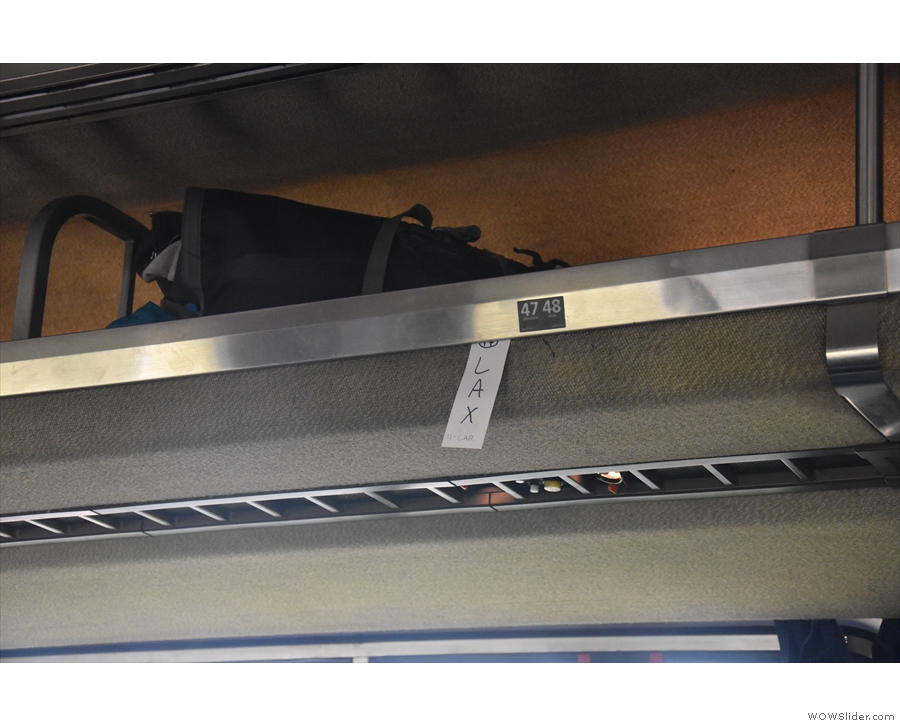


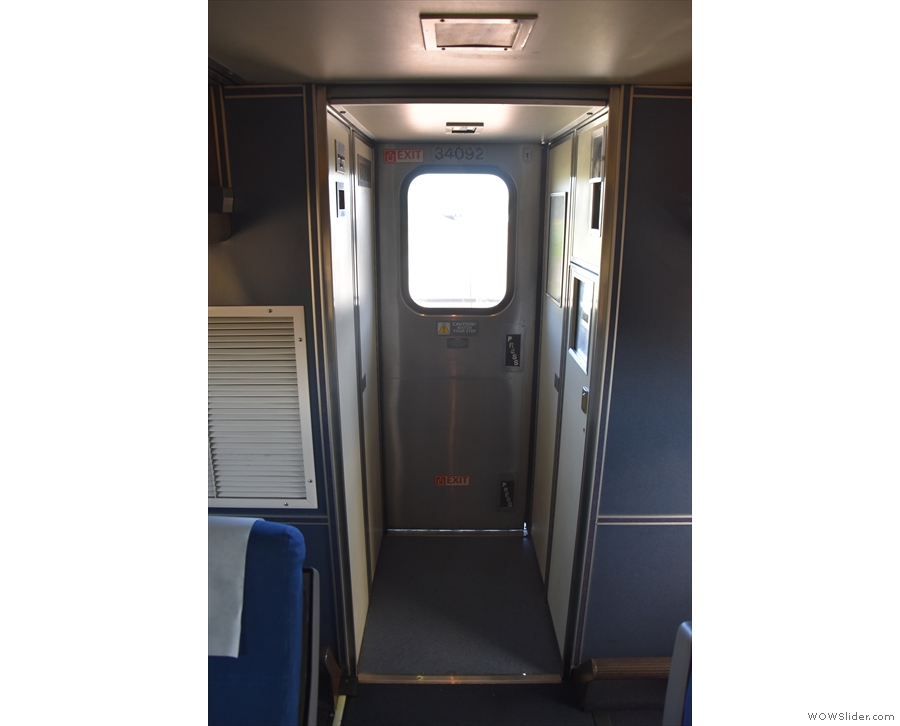

 1
1 2
2 3
3 4
4 5
5 6
6 7
7 8
8 9
9 10
10 11
11 12
12 13
13 14
14 15
15 16
16 17
17 18
18 19
19

















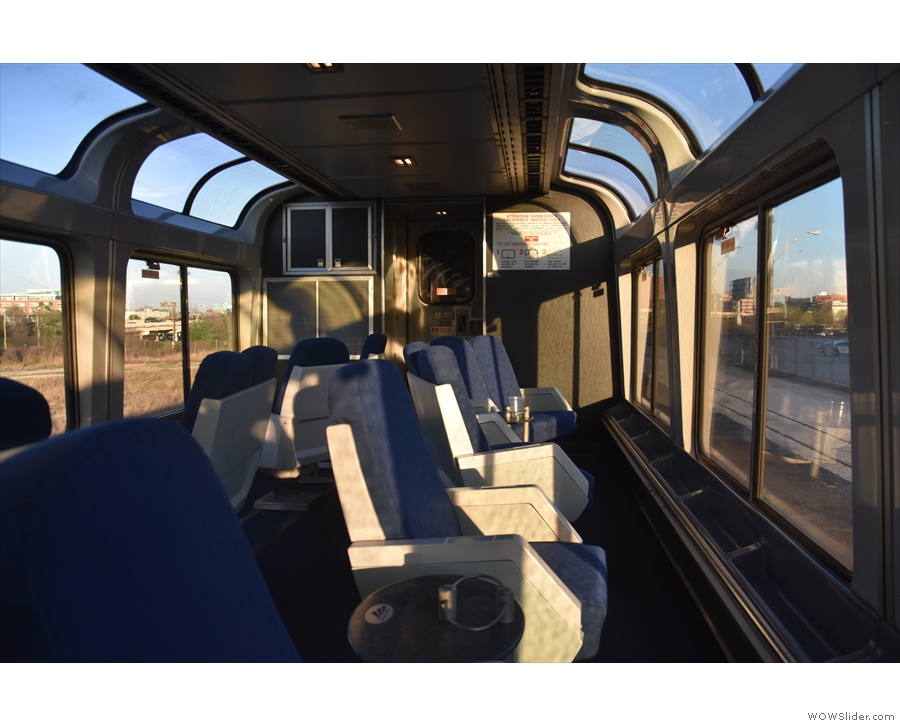



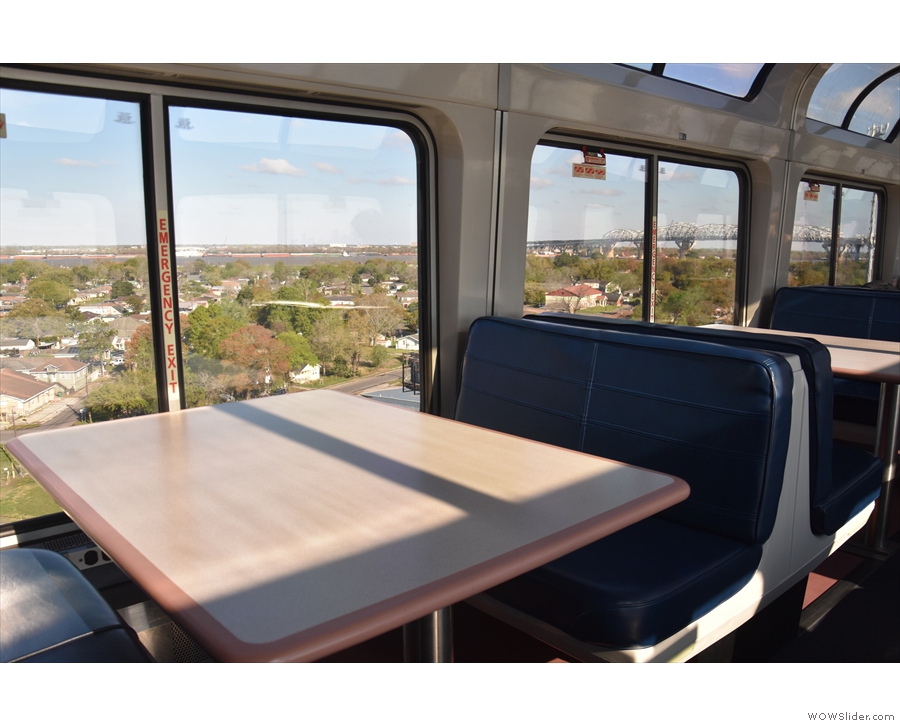

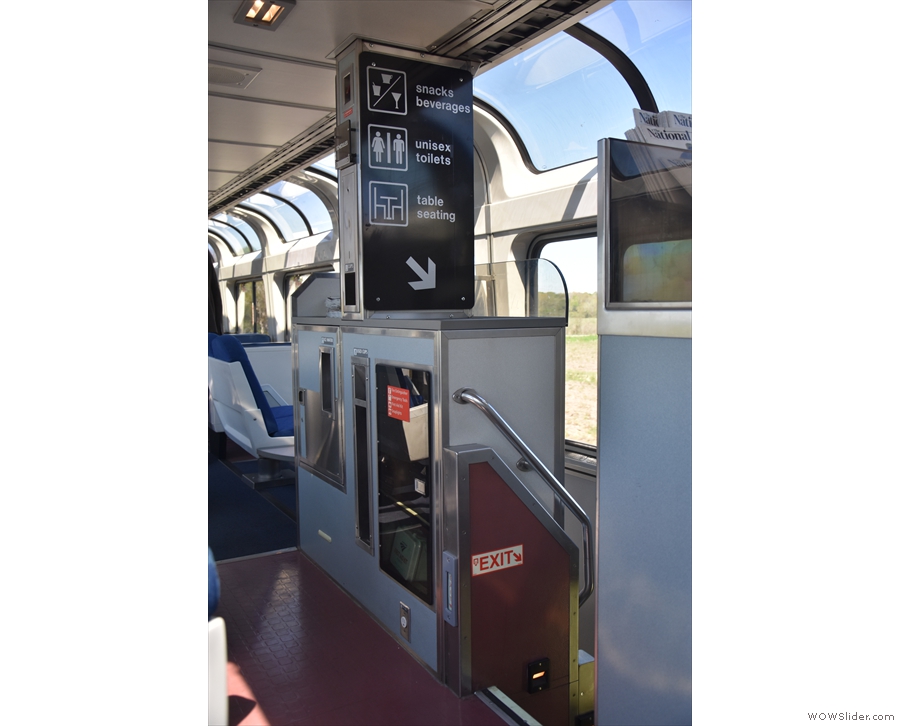
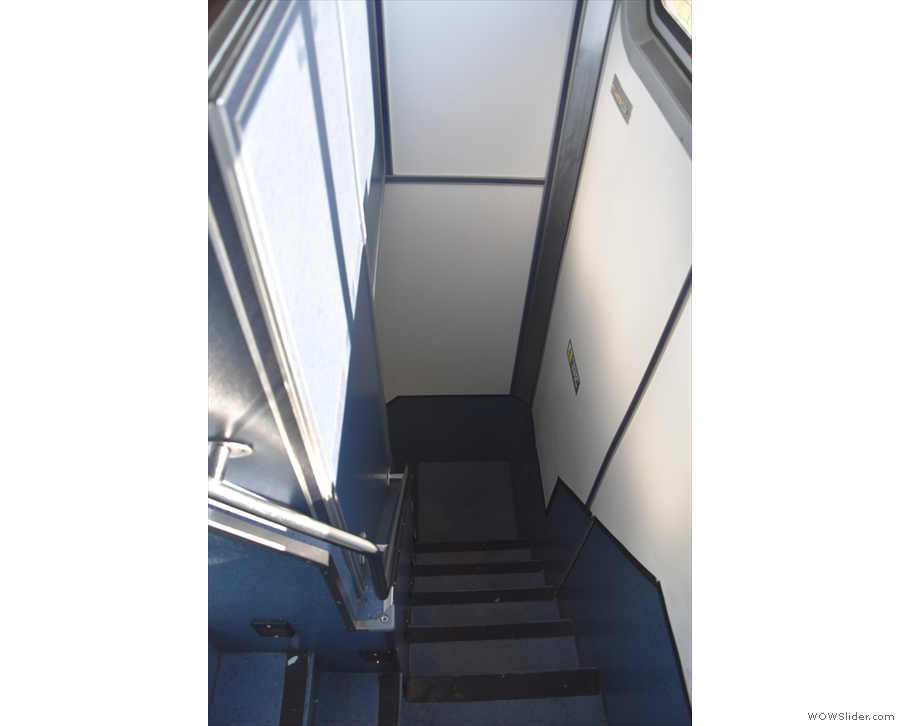




 1
1 2
2 3
3 4
4 5
5 6
6 7
7 8
8 9
9 10
10 11
11 12
12 13
13 14
14 15
15 16
16 17
17 18
18 19
19 20
20 21
21 22
22 23
23 24
24 25
25 26
26 27
27 28
28 29
29 30
30










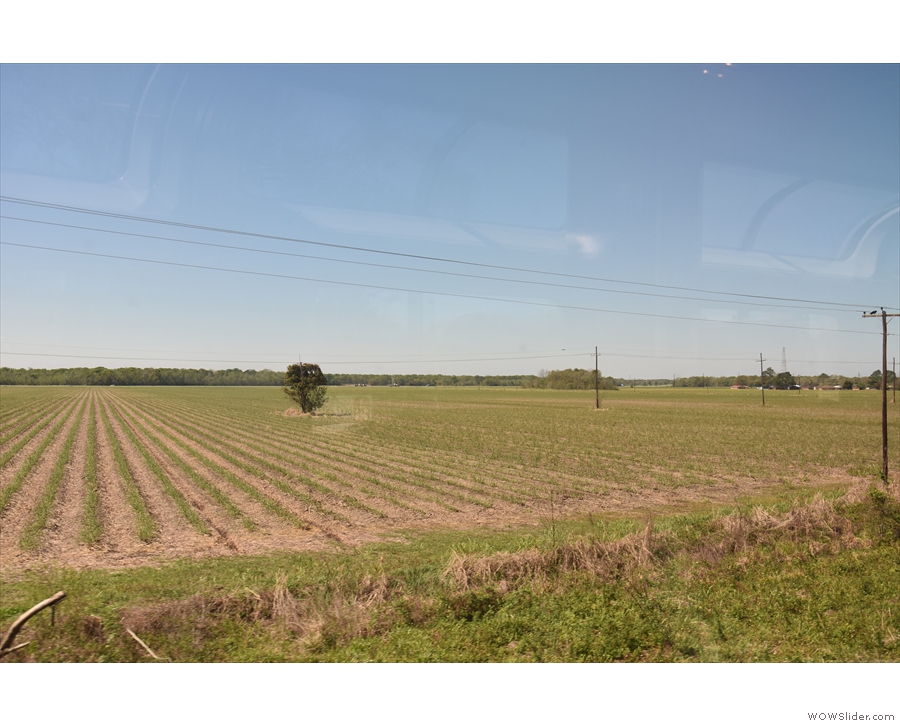














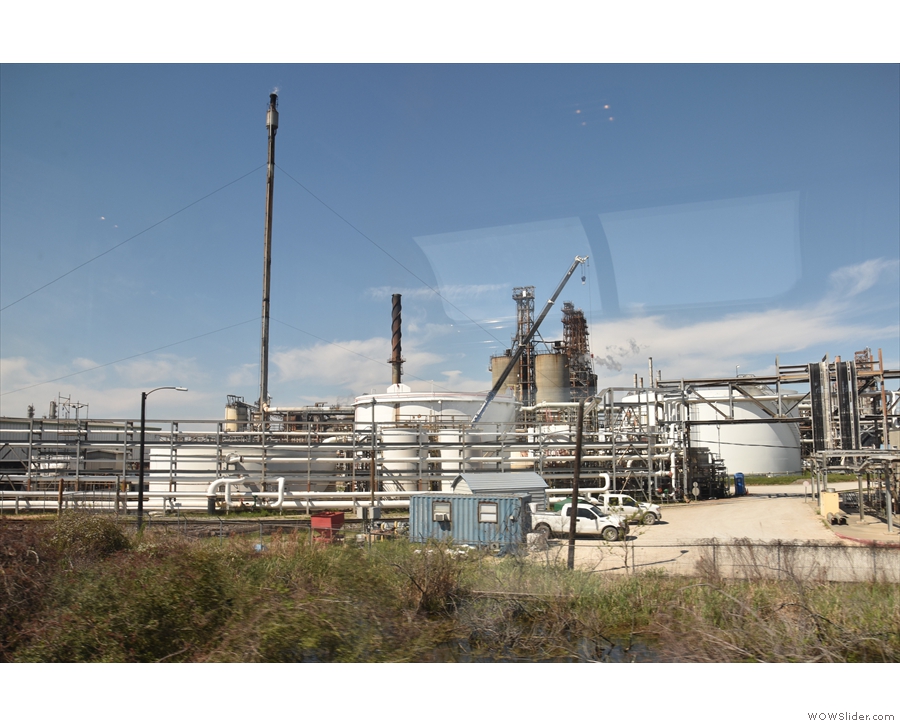







 1
1 2
2 3
3 4
4 5
5 6
6 7
7 8
8 9
9 10
10 11
11 12
12 13
13 14
14 15
15 16
16 17
17 18
18 19
19 20
20 21
21 22
22 23
23 24
24 25
25 26
26 27
27 28
28 29
29 30
30 31
31 32
32 33
33 34
34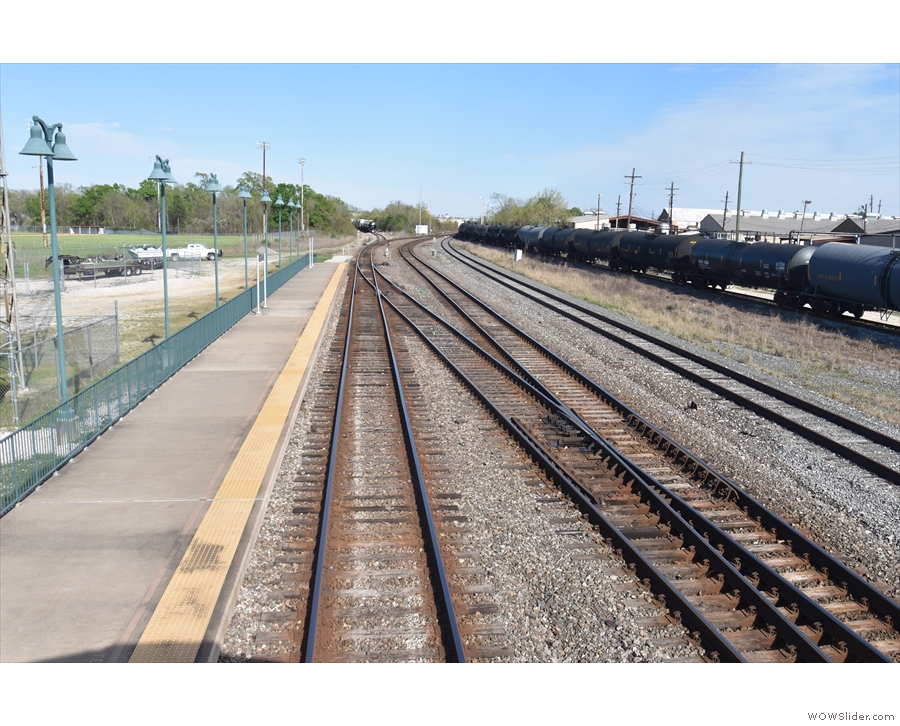



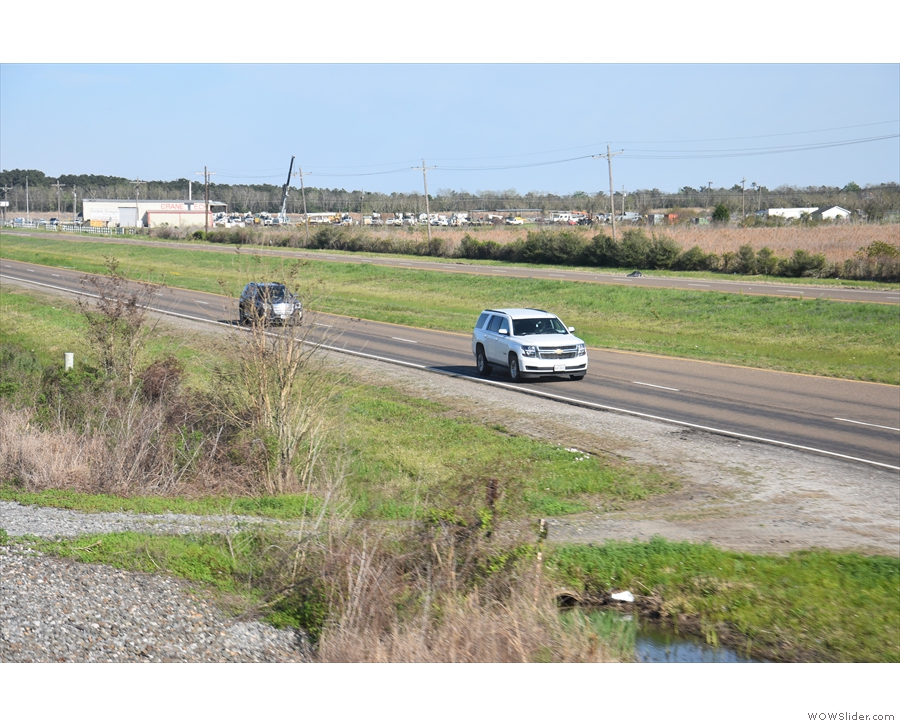









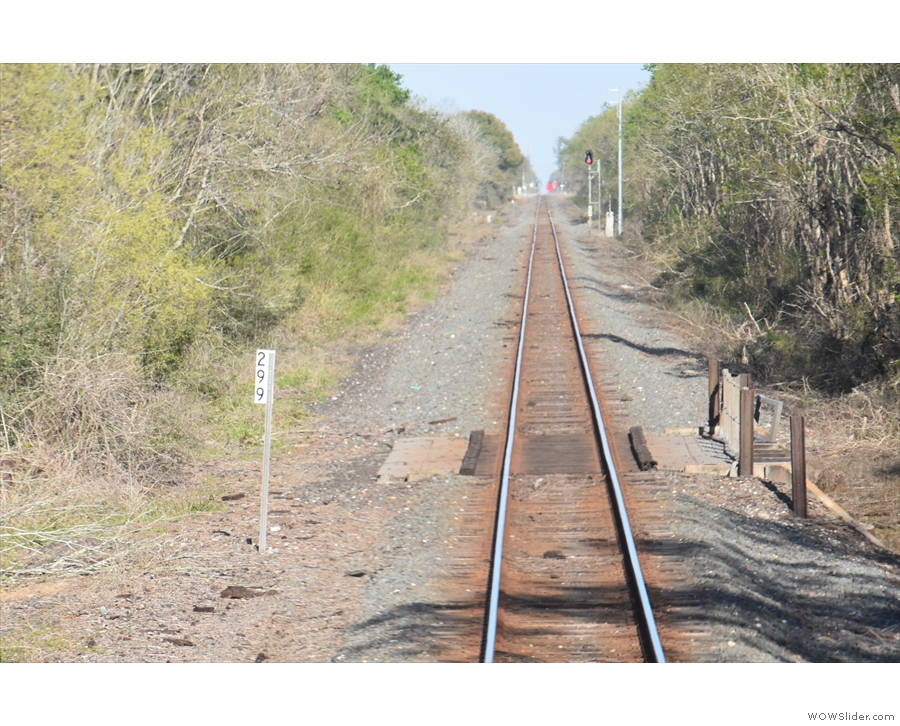


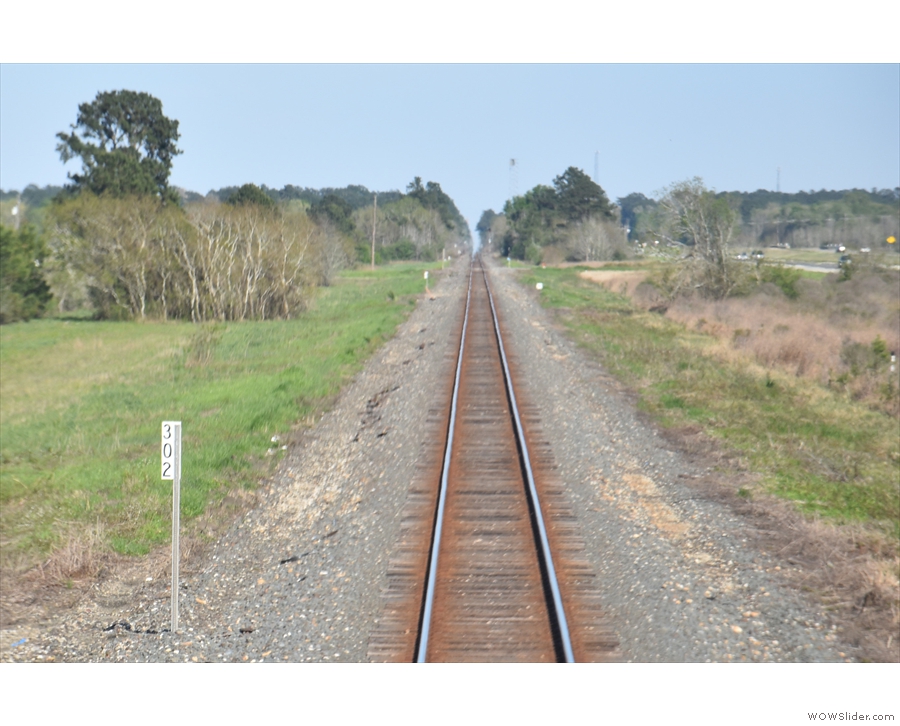

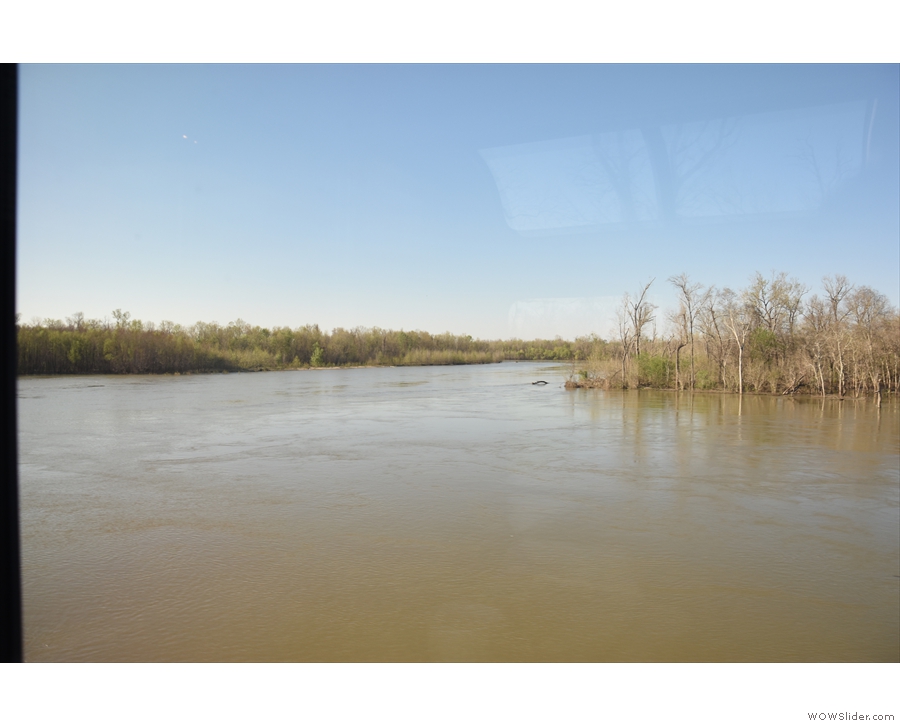


















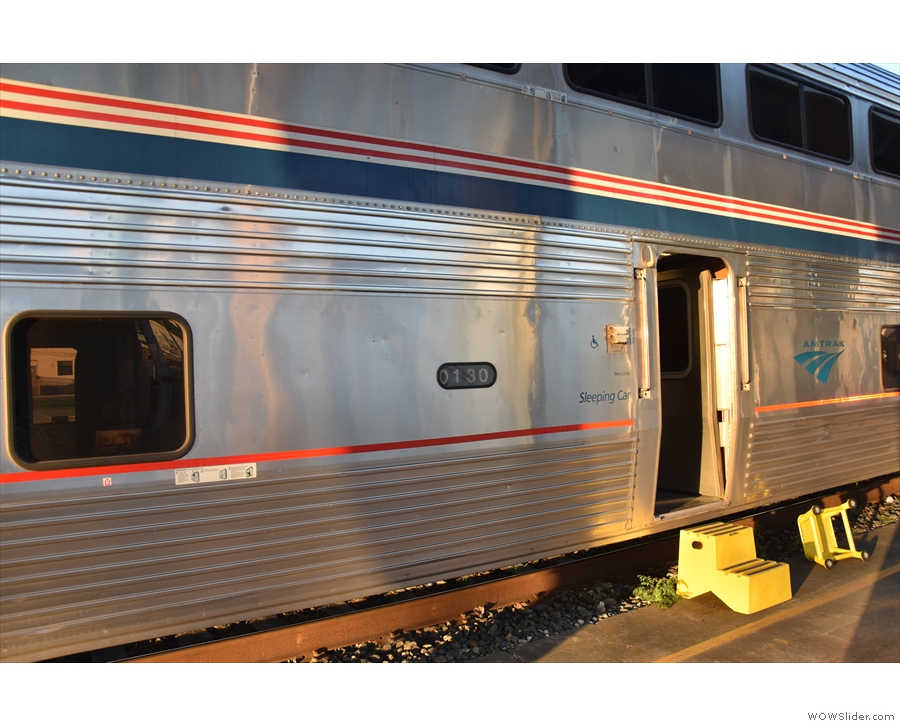

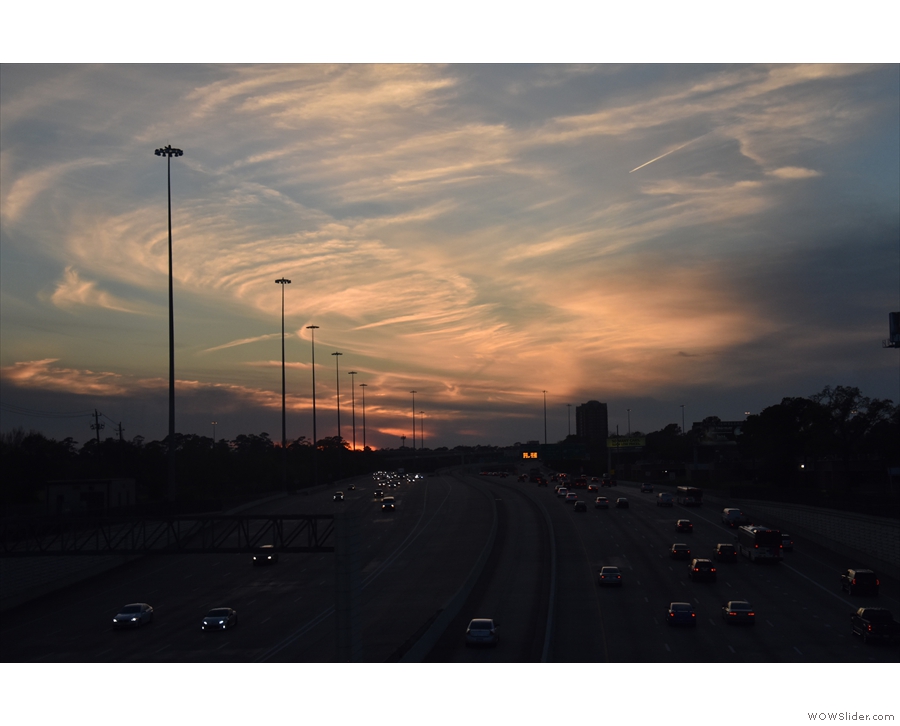



 1
1 2
2 3
3 4
4 5
5 6
6 7
7 8
8 9
9 10
10 11
11 12
12 13
13 14
14 15
15 16
16 17
17 18
18 19
19 20
20 21
21 22
22 23
23 24
24 25
25 26
26 27
27 28
28 29
29 30
30 31
31 32
32 33
33 34
34 35
35 36
36 37
37 38
38 39
39 40
40 41
41 42
42 43
43 44
44
Pingback: Brian’s Travel Spot: Amtrak’s Crescent to New Orleans | Brian's Coffee Spot
Pingback: Brian’s Travel Spot: Amtrak’s Sunset Limited to Tucson, Day 2 | Brian's Coffee Spot
Pingback: Brian’s Travel Spot: On a Boeing 747 from Phoenix | Brian's Coffee Spot
Pingback: Brian’s Travel Spot: A Weekend in New Orleans | Brian's Coffee Spot
Pingback: Brian’s Travel Spot: Queen of the Skies | Brian's Coffee Spot
I did that in 2018 and taking a friend on it next week myself.
Very envious. I can’t wait to get back to the US and back on the rails!
Pingback: Brian’s Travel Spot: Amtrak’s Northeast Corridor | Brian's Coffee Spot
Pingback: Brian’s Travel Spot: New Orleans to Los Angeles With Delta | Brian's Coffee Spot
Pingback: Brian’s Travel Spot: The Chiang Mai Sleeper, Special Express #13 | Brian's Coffee Spot
Pingback: Mammoth Espresso | Brian's Coffee Spot